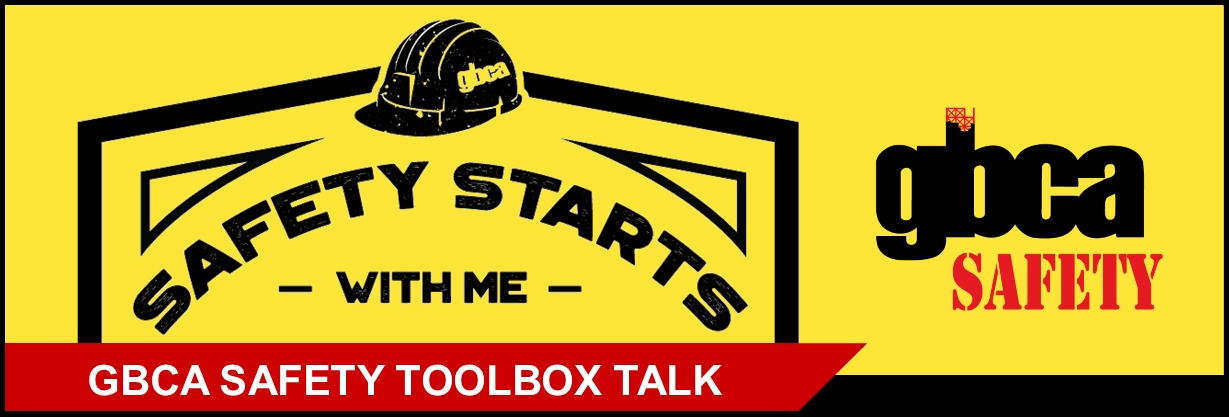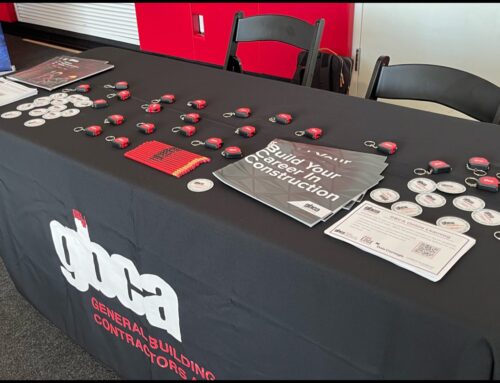This GBCA Safety Toolbox Talk discusses your work boots. Keeping your work boots in good condition will protect more than just your feet. Click below to download the Toolbox Talk as a handout (includes Sign-In Sheet).
Work Boots and Safety
Many workers don’t realize that they should consider their work clothes as part of their personal protection equipment. The condition of workers’ work boots, however, is important. Boots are a tool for the feet that can help combat workplace hazards and fatigue. The old adage too often is true: “When your feet hurt, you hurt all over.” Fatigue can contribute to accidents.
Worn boots can exaggerate foot and posture faults. Over time, this loss of foot support can potentially lead to long term problems such as tendinitis, knee or back pain. Workers are on their feet for many hours a day, so the condition of shoes will impact their daily routines and physical well-being. Workers should start the day by inspecting their work boots.
Inspection Tips to See if Your Boots are Due for Replacing
General Wear and Tear
- Replace boots if any protective components, such as steel or composite toes or midsoles, show through the leather/outer material.
Dented Steel Toe
- Replace boots if the steel toe becomes dented and will not spring back.
Composite Toe or Midsole Damage
- Composite toes and midsoles are less likely to show physical damage than shoes with steel parts. Replace boots if they have taken a potentially damaging shock.
Separation of Parts or Seams
- Replace boots if any of the seams separate. Also replace boots if the soles begin to separate from the body of the boot.
Worn Treads
- Replace boots if treads are worn down, or if the soles frequently slide or slip.
Leakage
- Replace boots if water gets in. If water can get in, what else can?
Tilting
- When you place your boots upright on a flat surface, they should be flat on the floor. If they tilt, either inward or outward, the shoe is not keeping your step or body in alignment.
Boot Interiors
- Boots should fit snugly around the heel and ankle when laced (protective footwear should always be laced up fully). Boots should have ample toe room. Footwear that is too tight will not stretch with wear. Consider using shock-absorbing insoles where the job requires walking or standing on hard floors.
Remember to record the attendees of your toolbox talk!





